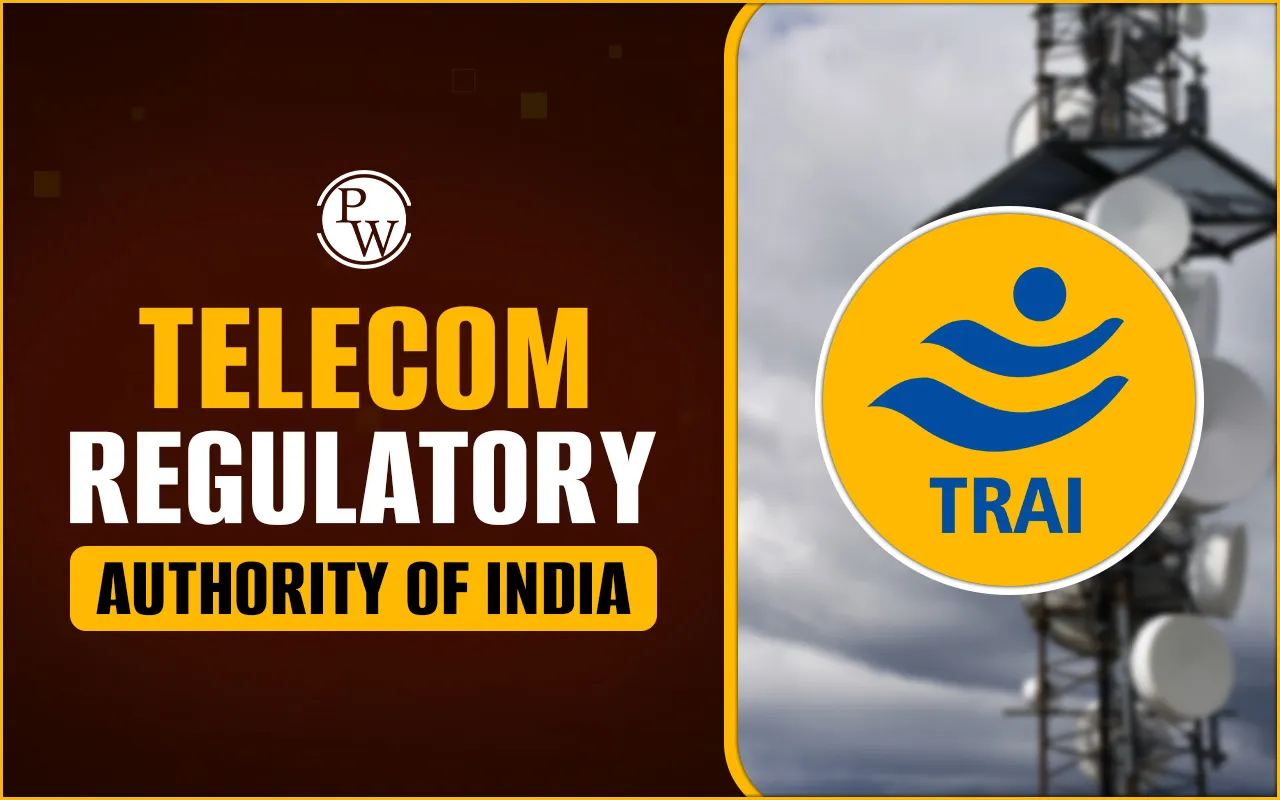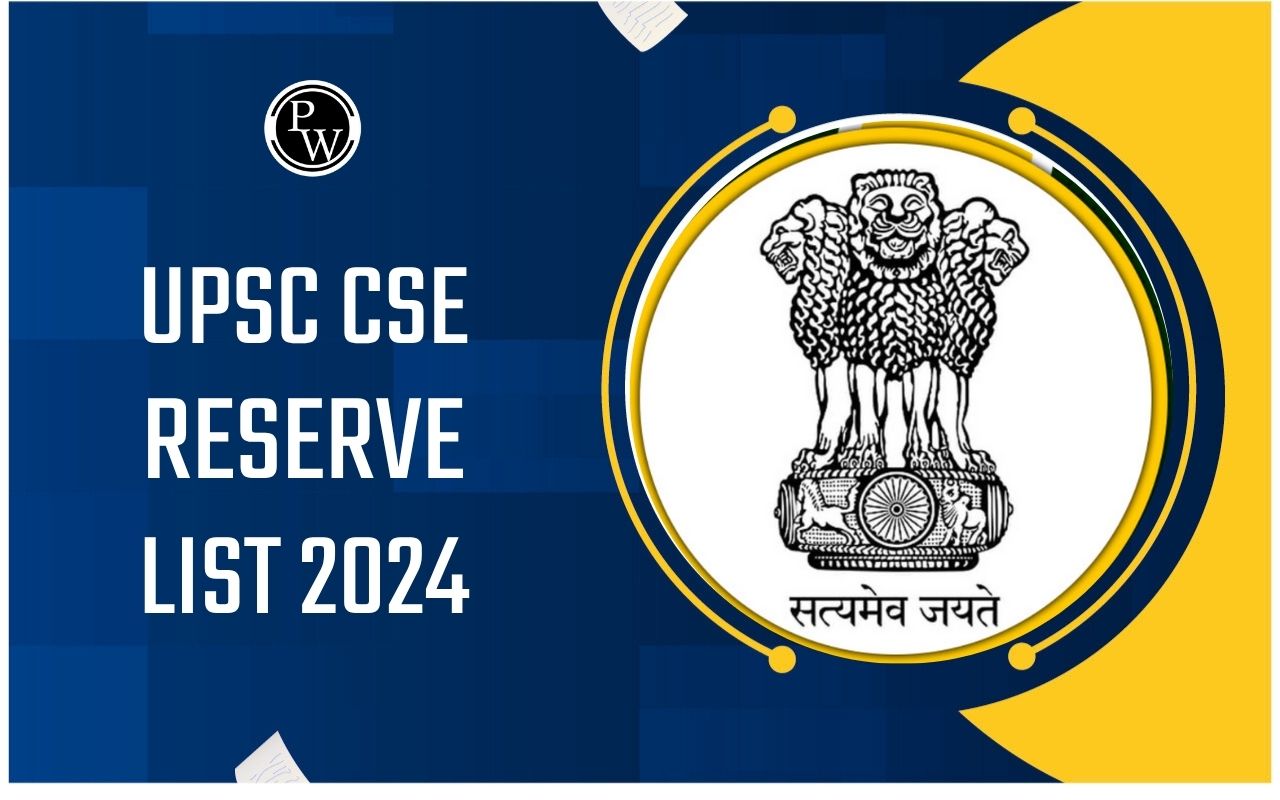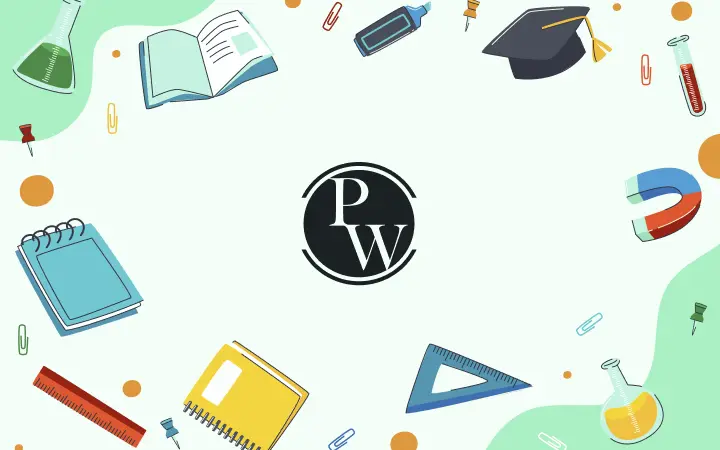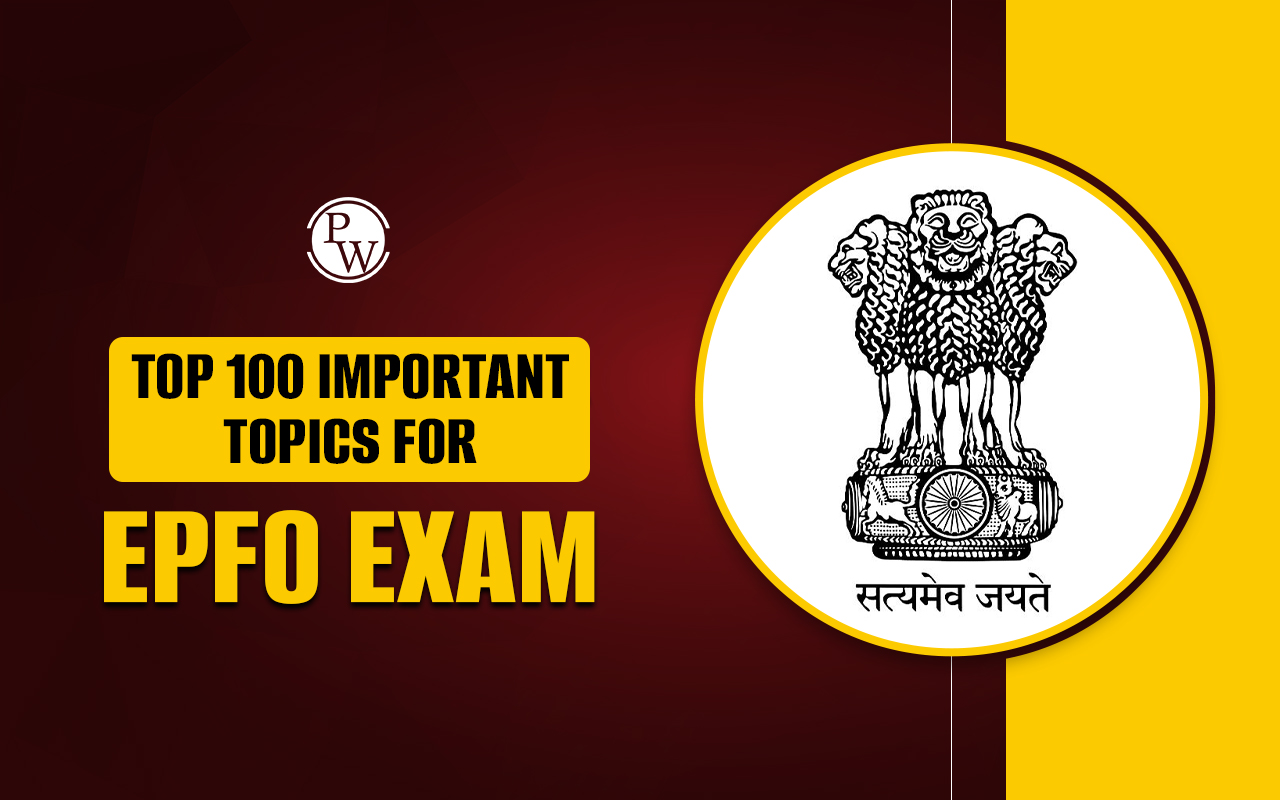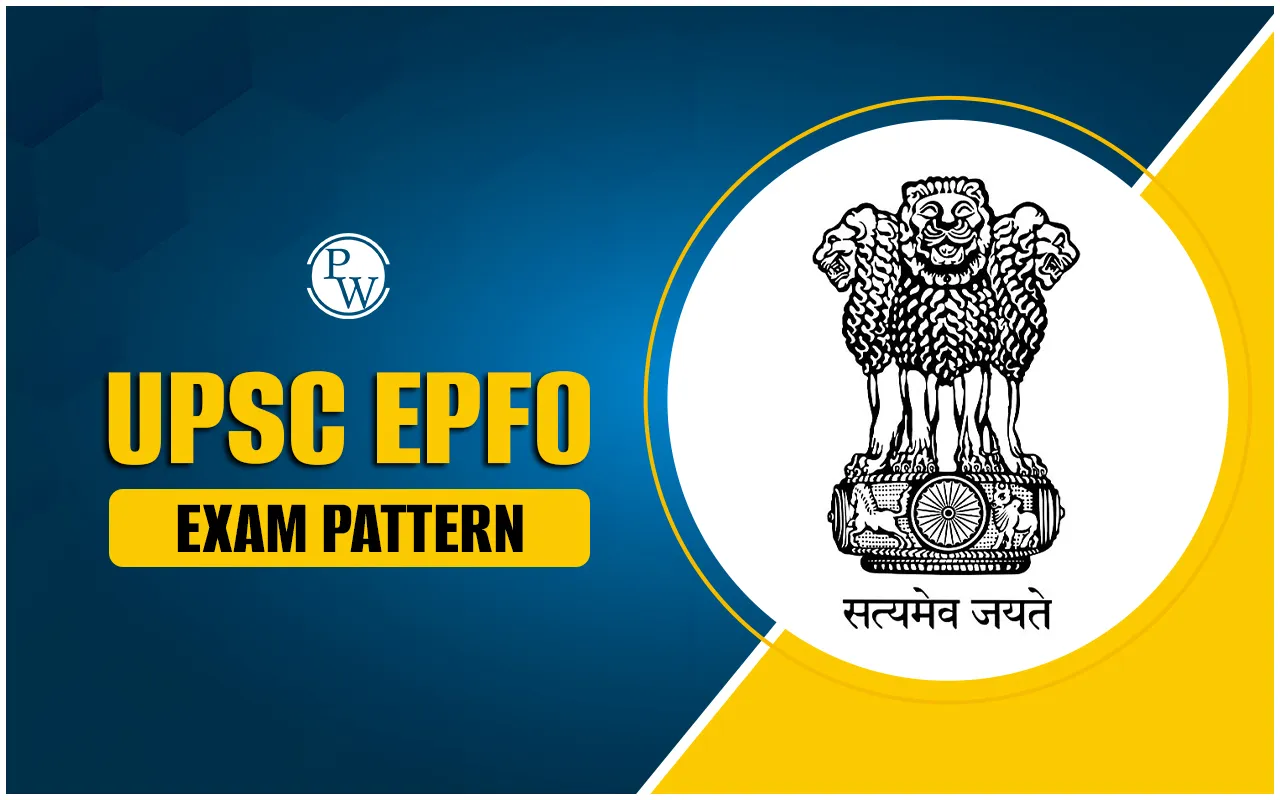
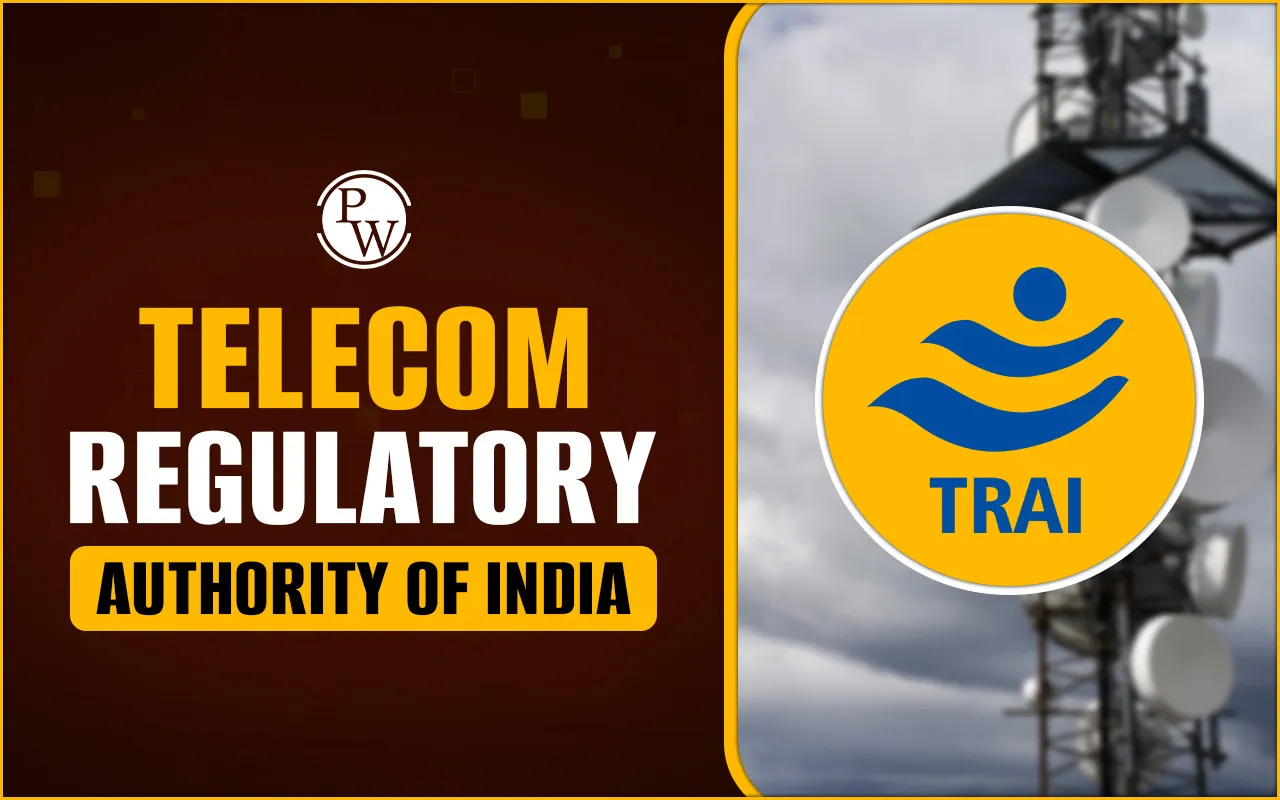
Telecom Regulatory Authority of India (TRAI) plays an integral role in the governance and growth of India’s telecommunication sector. As a statutory body, TRAI ensures that telecommunication services are available to the public in a fair, transparent, and efficient manner. Read on to get the in-depth structure, functions, significance, and challenges of the Telecom Regulatory Authority of India (TRAI), established under the Telecom Regulatory Authority of India Act, 1997, which plays a central role in regulating and monitoring this ever-evolving sector.
What is TRAI?
TRAI stands for Telecom Regulatory Authority of India. It is the apex regulatory body responsible for overseeing telecommunication services in the country. Established under the Telecom Regulatory Authority of India Act, 1997, TRAI was created to regulate telecom services and promote fair competition, ensuring that the benefits of liberalisation in this sector reach all consumers.
The TRAI full form, i.e., Telecom Regulatory Authority of India, is widely recognized in India’s telecom ecosystem. The answer to "What is Telecom Regulatory Authority of India?" lies in its mission: “To facilitate the growth of the telecom industry while protecting consumer interests and preventing monopolistic practices”.
|
Telecom Regulatory Authority of India Overview |
|
|
Aspect |
Details |
|
Full Form |
Telecom Regulatory Authority of India (TRAI) |
|
What is TRAI? |
A statutory body established to regulate telecom services in India |
|
Established On |
20th February 1997 |
|
Established Under |
Telecom Regulatory Authority of India Act, 1997 |
|
Primary Objective |
To regulate telecom services and ensure fair competition in the sector |
|
TRAI Headquarters |
Mahanagar Doorsanchar Bhawan, Jawaharlal Nehru Marg, New Delhi |
|
TRAI Chairman |
Shri Anil Kumar Lahoti |
|
Regulates |
Tariffs, interconnections, service quality, and licensing recommendations |
|
Key Functions |
Policy making, licensing suggestions, monitoring service quality, and consumer protection |
|
Statutory Authority |
Yes |
|
Related Tribunal |
Telecommunications Dispute Settlement and Appellate Tribunal (TDSAT) |
TRAI Headquarters
The TRAI headquarters is located at Mahanagar Doorsanchar Bhawan, Jawaharlal Nehru Marg (Old Minto Road), New Delhi. This is the central location from which TRAI executes its wide-ranging functions across the nation.
Establishment and Structure of Telecom Regulatory Authority of India
The Telecom Regulatory Authority of India was established on 20th February 1997. Initially, it had both regulatory and adjudicatory powers. However, in 2000, the adjudicatory powers were transferred to a separate body—Telecommunications Dispute Settlement and Appellate Tribunal (TDSAT)—through an amendment in the TRAI Act.
Organisational Structure:
-
TRAI Chairman
-
Two full-time members
-
Two part-time members
All members are appointed by the Central Government. To qualify as a member, individuals must have outstanding expertise in law, finance, technology, management, or consumer affairs. Often, experienced government officials or those with high-level administrative service records are selected.
TRAI Chairman
Shri Anil Kumar Lahoti, Chairman, Telecom Regulatory Authority of India (TRAI), is an officer of the Indian Railway Service of Engineers from the 1984 batch. With vast experience in public administration and infrastructure management, his leadership plays a crucial role in guiding TRAI’s regulatory strategies, especially in the evolving landscape of telecom and digital communication services.

TRAI Role and Functions
Understanding the TRAI role and functions is essential to understanding its importance in the telecom landscape:
1. Policy Recommendations
TRAI provides policy recommendations to the Central Government on:
-
Licensing of service providers
-
Spectrum allocation and pricing
-
Tariff structures and adjustments
-
Interconnectivity norms
2. Promoting Fair Competition
The Telecom Regulatory Authority of India aims to:
-
Eliminate monopolies
-
Promote multiple service providers
-
Ensure equal access to telecom infrastructure
3. Consumer Protection
TRAI works to:
-
Ensure affordable pricing
-
Maintain quality of service standards
-
Address consumer grievances
4. Technological Oversight
TRAI recommends technological upgrades and ensures compatibility between networks. It also ensures a smooth transition toward next-generation telecom services such as 5G.
5. Monitoring Quality of Service
TRAI defines benchmarks for quality and regularly audits compliance to maintain service standards across the industry.
The TRAI Act, 1997
The Telecom Regulatory Authority of India Act, 1997 is the legislative foundation upon which TRAI operates. This Act was enacted to:
-
Regulate telecommunication services
-
Prevent monopolistic practices
-
Ensure technical compatibility
-
Monitor the quality of services
In 2000, an amendment to the Act led to the creation of the Telecommunications Dispute Settlement and Appellate Tribunal (TDSAT). This body took over the adjudicatory and dispute functions from TRAI, thus distinguishing between regulatory and judicial responsibilities. TDSAT enables quick resolution and helps maintain harmony in the sector by providing a legal forum for grievance resolution.
Non-Binding Nature of TRAI Recommendations
The Telecom Regulatory Authority of India provides suggestions and recommendations to the Central Government. However, these are not binding. If the government disagrees, it may return the recommendations for reconsideration, to which TRAI must respond within 15 days.
TRAI Objectives and Vision
The core aim and vision of the Telecom Regulatory Authority of India is to create a fair and transparent policy environment that supports healthy competition and consumer interest. TRAI aims to make India a major global player in telecommunications and the digital economy.
Objectives of TRAI
The key objectives that drive TRAI’s regulatory and advisory framework are as follows:
-
Ensure Fair Competition:
-
Create a level playing field for all telecom operators.
-
Prevent monopolistic practices and promote a multi-operator environment.
-
Safeguard Consumer Interests:
-
Protect consumers from exploitation and service-related grievances.
-
Ensure transparency in tariffs, billing, and service quality.
-
Improve Quality of Service (QoS):
-
Enforce standards for voice, internet, and broadband services.
-
Regularly audit and monitor the performance of service providers.
-
Promote Technological Innovation:
-
Encourage the adoption of emerging technologies such as 5G, IoT, and AI.
-
Foster innovation-friendly regulatory practices.
-
Ensure Efficient Spectrum Management:
-
Recommend a fair and efficient allocation of spectrum resources.
-
Advocate for optimal use of spectrum in the public and national interest.
-
Enhance Transparency and Accountability:
-
Maintain openness in policy recommendations and tariff regulations.
-
Conduct regular consultations with stakeholders to include diverse perspectives.
-
Support Government Policy Goals:
-
Assist in achieving goals set under Digital India, BharatNet, and other flagship programs.
-
Work in sync with the Department of Telecommunications (DoT) to ensure policy coherence.
Achievements of the Telecom Regulatory Authority of India
Over the years, the Telecom Regulatory Authority of India has transformed India’s telecom landscape.
-
Telecom Penetration: Increased access to telecom services, including rural and remote areas.
-
Mobile Number Portability (MNP): Empowered consumers to switch providers without changing numbers.
-
Affordable Tariffs: Ensured voice and data services remained cost-effective for users.
-
Digital TV Regulation: Brought transparency and consumer choice to cable and DTH services.
-
Net Neutrality Advocacy: Played a crucial role in ensuring equal access to internet services.
Challenges Faced by TRAI
Despite its strong regulatory framework, TRAI faces various challenges:
-
Technological Disruption: Constant evolution in telecom technologies (like 5G and IoT).
-
OTT Regulations: Striking a balance between telecom and over-the-top (OTT) service providers.
-
Cybersecurity & Data Privacy: Emerging concerns with the growth of digital services.
-
Infrastructure Deficit: Limited infrastructure in rural and underserved regions.
The Future of TRAI
The Telecom Regulatory Authority of India has successfully transitioned India’s telecom landscape from a monopolistic system to a vibrant, multi-operator market. To maintain this momentum, TRAI needs to:
-
Embrace rapid digitisation and innovation.
-
Foster collaborations with global regulators.
-
Address data security and privacy challenges head-on.
-
Support India’s 5G rollout and next-gen telecom initiatives.
Conclusion
The Telecom Regulatory Authority of India is an integral institution in the governance of India’s telecom sector. It regulates, facilitates, and promotes the growth of telecommunications in a manner that ensures transparency, competition, and consumer protection.
Understanding what is TRAI, its full form, structure, and TRAI role and functions reveals how critical it is in managing India’s transformation into a global information powerhouse. As technology continues to evolve, TRAI's role will only become more significant in shaping the digital future of India.
Explore PW UPSC Courses to understand the Telecom Regulatory Authority of India and its critical role in India's digital and communication framework!
| UPSC Related Articles | ||
| UPSC Prelims Previous Year Questions Paper | NCERT for UPSC Exam 2025 | UPSC Admit Card |
| UPSC Exam Pattern | UPSC Prelims Syllabus | UPSC Result |
Telecom Regulatory Authority of India FAQs
What is TRAI?
What is TRAI full form?
What is the Telecom Regulatory Authority of India responsible for?
Where is the TRAI headquarters located?
What is TRAI role and functions?
Who is the TRAI chairman?

